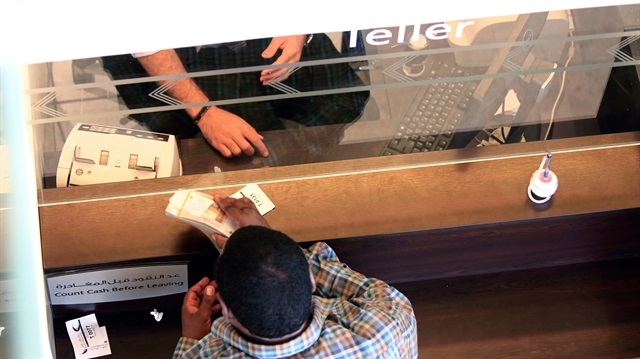
Sukuk, which are probably Islamic Finance’s most popular product, has of late gone through a fair bit of innovation. As opposed to their earlier structures which were nothing but Shariah compliant straight debt, some of today’s sukuk come with a variety of features. Broadly speaking, there are two broad thrusts in the innovation that has taken place. First, the use of embedded options for better risk management/profiling and second, innovation seeking to overcome limitations like the need for physical underlying asset.
Though options, especially, the exchange traded variety are still anathema to a majority of the fuqaha (Shariah scholars) fraternity, their use within sukuk structures appears to be booming. A wide range of sukuk, originating from diverse geographic jurisdictions come with embedded options. While many come embedded with either calls or puts, several come with both. A call option which provides the right to purchase an underlying asset at a predetermined price is typically embedded to minimize the risk to the obligor in acquiring the asset at maturity. In addition to ensuring possession, he knows the maximum price he would have to pay. An embedded put option on the other hand favors the sukuk-holder. The put enables the holder to sell the underlying asset to the obligor at a predetermined price. With the put, the ability to enforce sale of the asset to the obligor not only reduces the risk of repayment at maturity but also sets a minimum price he would receive for it. Embedded puts are also used within sukuk structures to protect the sukuk-holder from changes in the ownership of the obligor. In the event of a change in ownership of the sukuk issuing firm, the embedded put would enable the sukuk-holder to redeem the sukuk outright at a predetermined face value. This effectively eliminates risks to sukuk-holders arising from ownership changes.
A number of Islamic banks have also issued perpetual sukuk with embedded call options for the purpose of meeting their Basel III capital adequacy requirements. The embedded call options enable the issuing banks to recall portions of the outstanding sukuk for redemption at predetermined future dates and prices, thereby enabling the banks to manage their outstanding obligations. At least one SWF (sovereign wealth fund), Malaysia’s Khazanah, has issued “Exchangeable Sukuk” which allow the holders to either convert the sukuk to the underlying asset, which in this case are public listed shares or redeem the sukuk at face value. This convertibility provides the sukuk-holder with a potential for additional profit. If the underlying shares have a market value higher than the conversion price, converting would be profitable, else they receive the face value. The exchangeable sukuk is akin to the convertible bond.
It is obvious that the use of embedded options bring many benefits. By enabling the management of risk, the sukuk’s risk profile is changed. This has an impact on the required yields of investors and therefore the cost of funds to the issuer. For example, when embedded put options reduce the risk to sukuk investors, it should lead to a lower required yield than otherwise. The lower required return by investors, translates into lower cost of funds to issuers. Similarly, the ability to convert a sukuk to stock and potentially profit, has the same impact on required yield and cost reduction. Readers familiar with option-based investment strategies should be able to see that the Exchangeable sukuk is similar to a “Covered Call Write,” a strategy by which one sells a call on a stock currently owned. The objective being to earn extra (from call premiums received) from the low beta stocks held within a portfolio. The ability to do the same within a Shariah compliant framework means that innovation can be a means to overcome the higher transaction cost disadvantage of Islamic finance.
Aside from the clever use of options to minimize risks and costs, sukuk innovation has also been aimed at overcoming the limitations imposed by the need for unencumbered assets to be pledged as an underlying asset for sukuk issuance. Though not the first of its kind, the Emirates Airline sukuk, which had “Airline Passenger Miles” as an underlying asset, became a trendsetter. The Emirates sukuk was in effect securitizing future revenue and using it as the pledged underlying asset. Telecom firms like Etisalat of the UAE, Ooredoo of Qatar, Malaysia’s Axiata and Pakistan’s PMCL have all issued sukuk with airtime vouchers as underlying asset. While a structure that uses securitized future revenue as underlying overcomes a key limitation to sukuk issuance, the repayments of the sukuk are not linked to the revenue earned from the underlying asset. The structures provide for fixed returns to sukuk-holders regardless of actual revenue. Thus, despite the innovation, such sukuk are nothing but debt. This is unfortunate as the securitized future revenue could have been the basis for sukuk returns. The sukuk would then be risk sharing, quasi equity like instruments. A risk sharing sukuk would avoid the leverage and increased risk to the issuer that is inevitable from debt financing.
While sukuk design has indeed come a long way by clever use of leading edge finance techniques, they need to move toward enhanced risk-sharing if sukuk is to have real value added and a competitive edge over conventional bonds.














